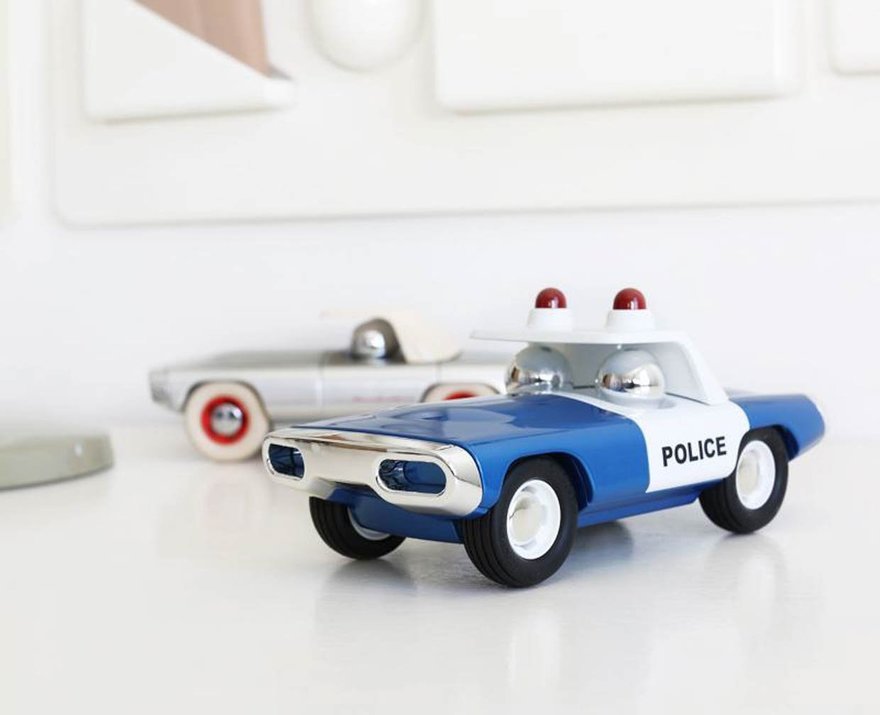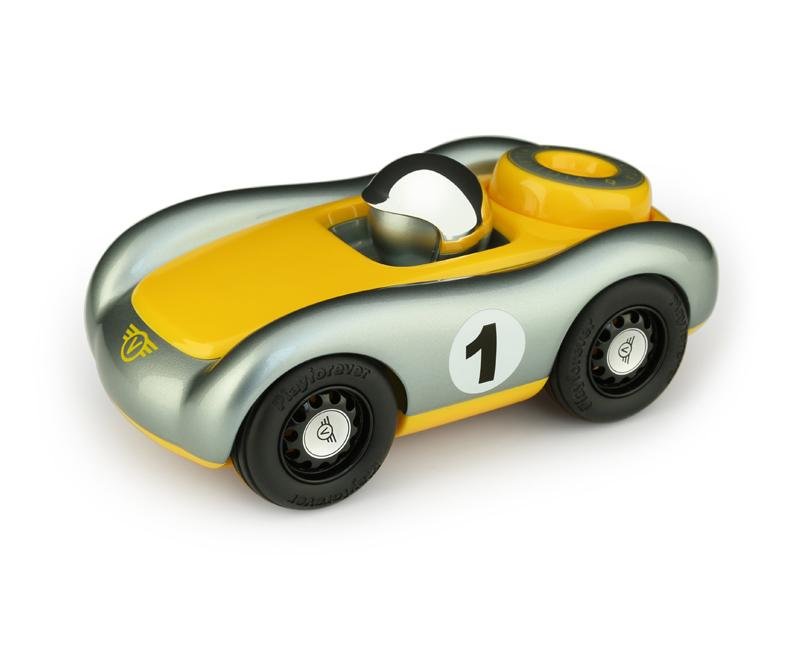
Julian Meagher was obsessed with classic cars from a young age. After gaining his degree in industrial design and spending six years at an ID consultancy in London, he started his own company, Playforever, which pays homage to his childhood obsession. What's notable is that Meagher and co. have perfectly nailed the design cues of the cars they represent.











From classic Porsche 911 Targas, Plymouth Fury cop cars, Ford Thunderbirds and Dodge Chargers to race car forms from 1920s Indy cars to present-day Formula One, Playforever's toys are the result of "decades of researching and studying technical car design and automotive styling," the company writes. "Our collection of Midis, Minis and Mavericks is an eclectic mix of art, fashion, traditional design and modernism."












Meagher's love of classic industrial design in general is also easy to spot, by the objects in the background of the product shots.




I absolutely love the way Meagher and his team have distilled telltale classic automotive lines into simple 3D forms that instantly read as the source material. To me Playforever's creations are the perfect balance of style, restraint and homage. Check out their collection here.
from Core77 https://ift.tt/36cp1S4
via IFTTT





















